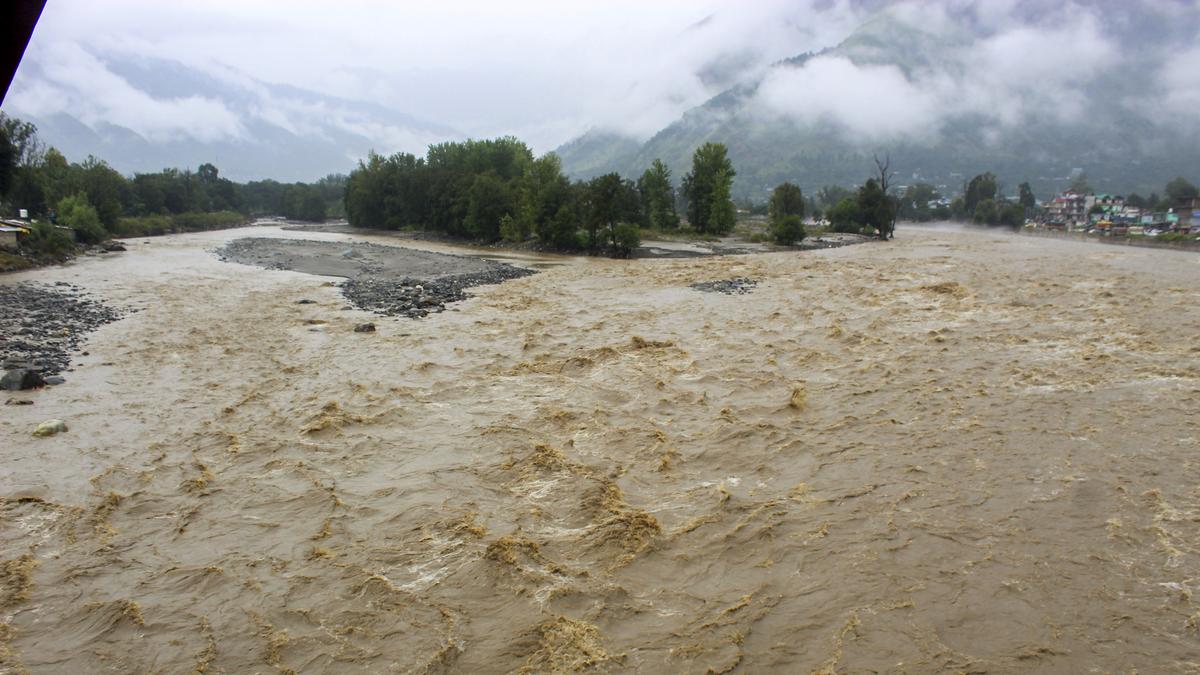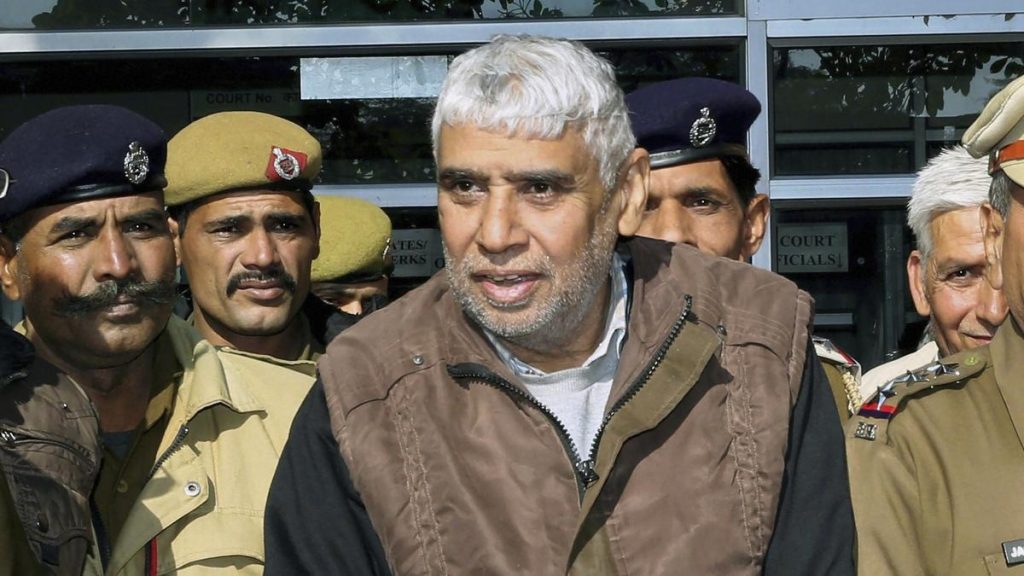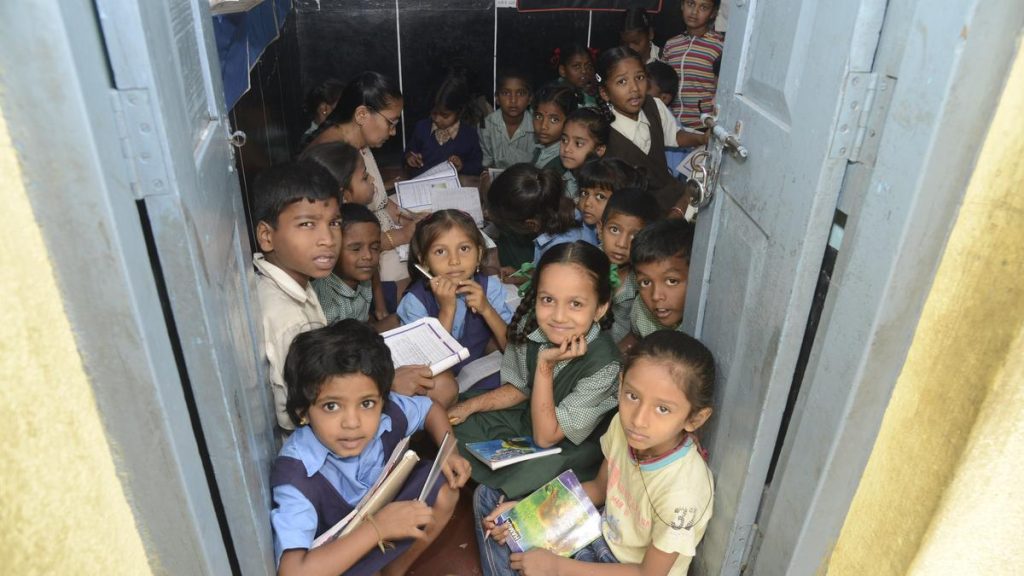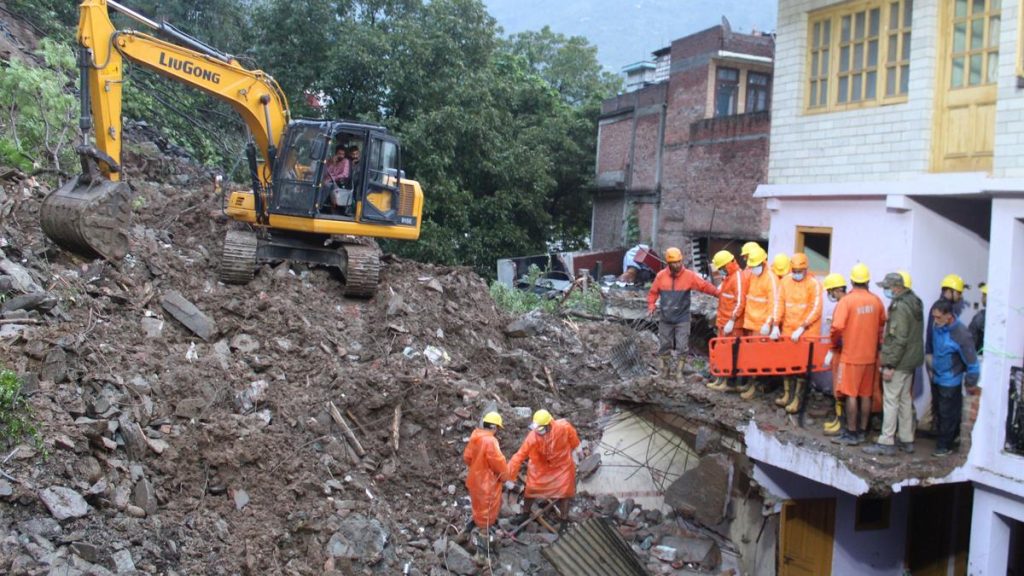Now Reading: Northwest India Records Wettest August Since 2001: IMD
-
01
Northwest India Records Wettest August Since 2001: IMD
Northwest India Records Wettest August Since 2001: IMD

Quick Summary
- Northwest India recorded 265 mm of rainfall in August 2025, teh highest for the month as 2001 and the 13th highest since 1901 (IMD data).
- Rainfall across three monsoon months:
– June: 111 mm (42% above normal).
– July: 237.4 mm (13% above normal).
– August: 265 mm (34.5% surplus compared to a normal of ~197.1 mm).
- Total rainfall in Northwest India from June to August was approximately 614.2 mm, exceeding the average of 484.9 mm by about 27%.
- Extreme weather events linked to heavy rainfall highlighted:
– Punjab faced its worst flooding in decades, displacing lakhs and inundating farmland.
– Himalayan states like Himachal Pradesh and Uttarakhand experienced flash floods, landslides, and destroyed infrastructure including roads and bridges.
– Jammu & Kashmir suffered cloudbursts and landslides.
- IMD explained enhanced rains were due to active monsoon conditions supported by western disturbances.
- south Peninsular India saw 250.6 mm rain in August, marking its third-highest for the month since 2001 (31% surplus), with cumulative figure at 607.7mm over three months-9.3% above average norms.
- Across all regions, India’s total rainfall from June-August was around 743.1mm, about a modest surplus of 6%.
Photo Credit: PTI
!Beas river flows in spate after heavy rainfall
Indian Opinion Analysis
The important increase in monsoonal precipitation over northwest India brings both environmental challenges and socio-economic implications into focus.While the excess rain replenished water reserves crucial for agriculture-dependent economies like Punjab’s, unpreparedness for extreme weather caused large-scale infrastructural damage and displacement of populations-a reminder of vulnerabilities to climate shifts alongside benefits such as enhanced irrigation potential.
For Himalayan regions like Himachal Pradesh or Uttarakhand that struggle with high-altitude geography susceptible to flash floods or landslides, this year’s events signal urgency toward improved disaster preparedness frameworks such as monitoring systems for fragile ecosystems or flood-resistant infrastructure.
Overall moderate-to-severe impacts on states underscore how interconnected predictions from IMD’s seasonal anomalies help local stakeholders anticipate policy solutions-from measures combating food insecurity post-disaster-inflicted farm losses-to institutional resilience aptly positioned tackling global warming’s escalating frequency via smarter micro-geography-specific adaptive strategies























